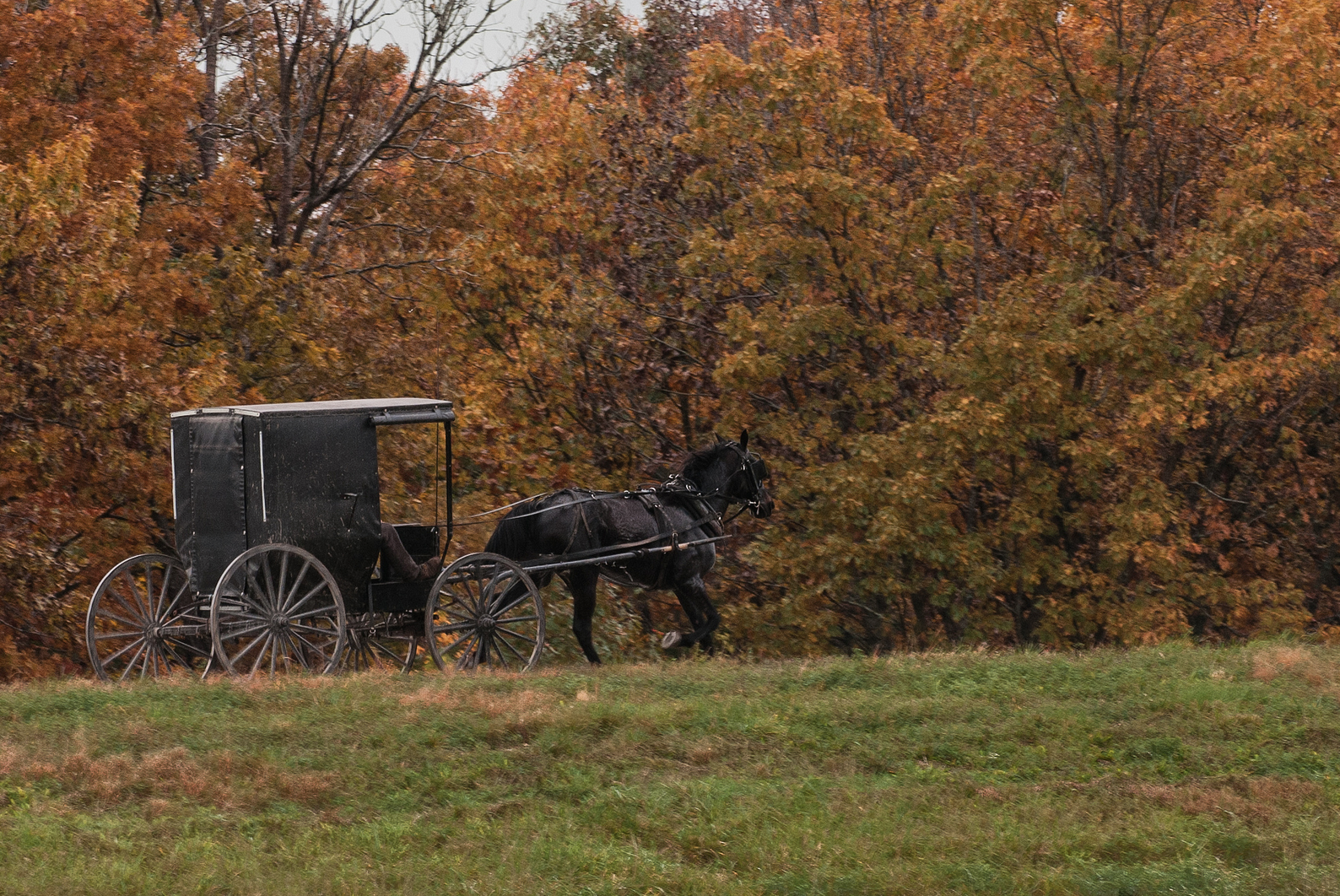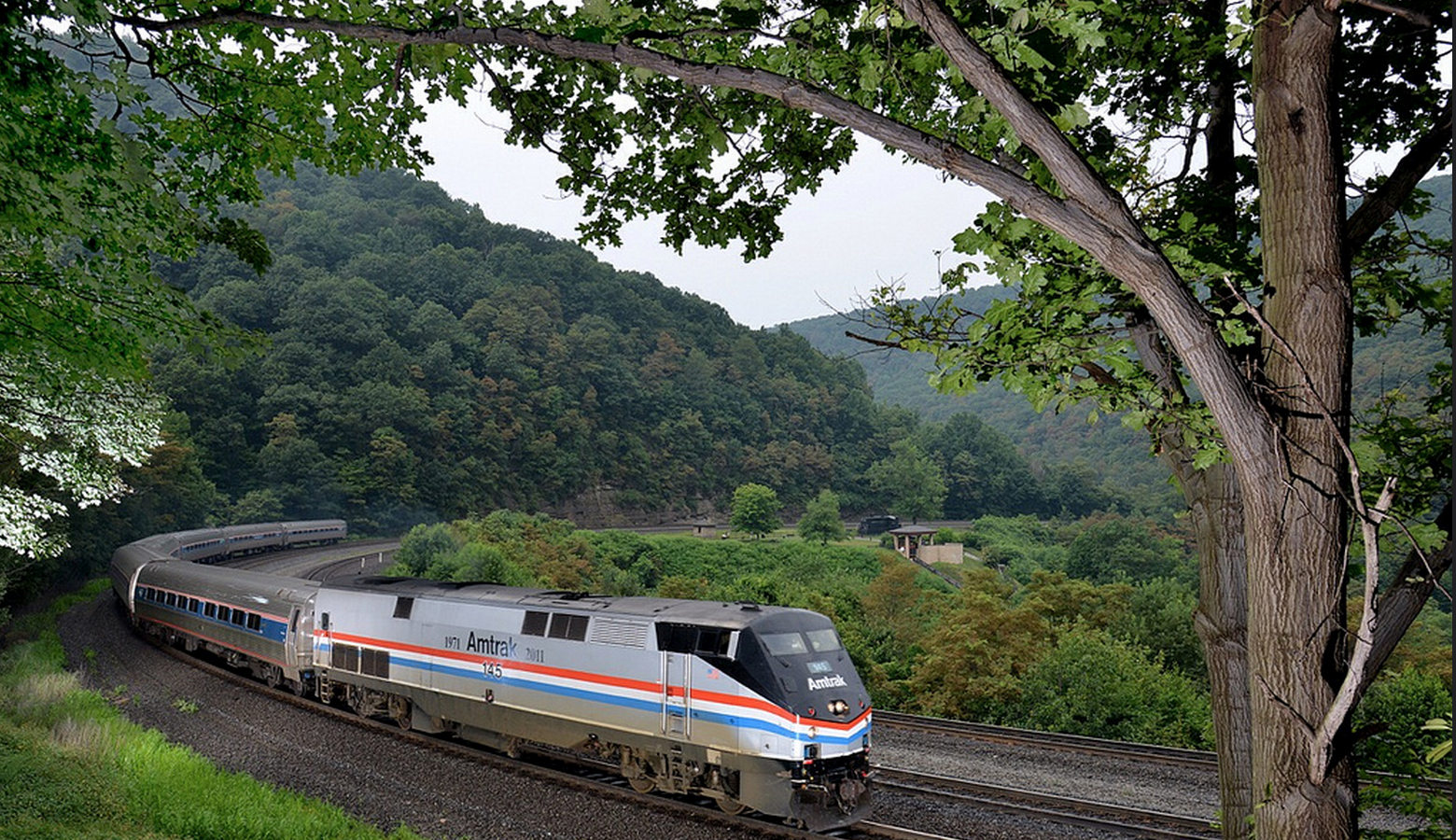
Everything You Want to Know About: Amish Transportation
We get lots of questions regarding Amish transportation. Today, we dig into how the Amish travel and what their options are when choosing a means of conveyance.
Do the Amish Drive Cars?
No, the Amish do not drive or own cars. Vehicles represent a sense of independence that goes against the Amish sense of community. Having the ability to jump in a car and drive anywhere is also seen as a worldly convenience.
Since the Amish do not own cars, many people are left wondering how these folks get around. Some of you have seen Amish people riding in cars and might be wondering “Why can Amish people ride in cars but not drive them?“ That’s a great question! We have all the answers here.
Today, we are welcoming Erik Wesner, author of Success Made Simple: An Inside Look at Why Amish Businesses Thrive, to tell us a little bit more about Amish transportation – horse and buggy, and beyond!
Erik, you’re up!
Table of Contents
As you probably know, Amish people don’t drive cars. But they still have to get from here to there—and sometimes here to there can be quite a distance. Below, we look at the different forms of transportation used by the Amish for both short and long-distance travel.
Amish Transportation:
The Horse and Buggy

The horse and buggy are the first thing that come to mind when we think Amish transportation. Amish use the buggy for travel to church on Sunday, excursions to town, and other longer journeys, especially when needing to take the family along. The buggy is a widely-recognized symbol of the Amish, and an essential part of Amish identity.
Amish households will own a number of buggies, especially if they have adolescent boys (age 16 and older), who typically receive a buggy of their own around the time they begin “going with the youth.” Some communities rely on the buggy more than others. Generally speaking, in smaller, more traditional settlements, Amish are more apt to rely on buggy transport (in larger, more progressive places, necessity and church rules may encourage more travel by hired driver).
Amish use other horse-drawn travel besides the classic closed-top buggy, such as open carriages and pony carts (often driven by children). A few Amish use the tractor as a form of transportation, but most do not.
Amish Transportation: Foot Power

Hitching up a buggy can be a hassle, especially if you’re not going too far. Amish rely on old-fashioned leg power to go shorter distances. This may mean simply walking from Point A to B. Amish also use bicycles in many communities. Men may use them to travel to work; they’re also popular for recreation. In some places, such as Lancaster County or Allen County, Indiana, bicycles are not permitted, though push scooters are common in these areas. Another foot-driven transportation common in Lancaster County is rollerblades, typically used by children and youth.
Amish Transportation: Hired Drivers

A third commonly-seen transportation option is to hire a non-Amish person as a driver. This may be done for various purposes—for a monthly trip to a large supermarket to purchase groceries, or to travel to and from a workplace, as in the case of Amish who work at Pennsylvania Dutch markets. Called “Amish taxis”, these are often 15-passenger vans, and rides will typically be shared with other Amish people. Additionally, some business owners will hire at least one non-Amish employee able to drive his own vehicle (or a leased vehicle) in order to transport Amish workers (this is common in the construction industry).
Some Amish need to travel even longer distances, and may hire a driver to take them to another community, out of state, or on a pleasure trip. Amish taxi drivers can be in great demand in some communities. Many make driving the Amish a full-time job.
Besides hiring drivers, Amish will ride with non-Amish friends and acquaintances if the opportunity arises. Not all Amish permit hiring drivers for errands and other trips. The plainest Amish communities forbid the practice, except for in emergency situations. As a result, they are more dependent on the next category of transport when wanting to travel long distances.
Why can Amish ride in cars but not drive?
The Amish don’t own cars because it gives them the freedom and independence that opposes their beliefs and sense of community. They are not to ride in a vehicle as a passenger when necessary for long distances, medical emergencies, or something else out of the ordinary.
Amish Transportation: Mass Transit

If you’ve traveled Amtrak between, say, Lancaster, PA, and New York City, you may have seen Amish people aboard. Amish use commuter and long-distance trains for a variety of purposes, including travel to a workplace in some cases as well as cross-country travel (youth may take train trips, and some Amish travel for medical care in another state or Mexico). Amish also make frequent use of bus lines. Greyhound buses transport Amish between cities, and specialty coaches shuttle Amish people from Midwestern states to the Pinecraft community in Florida, a popular winter vacation destination.
What about air travel? Most Amish churches prohibit it, but members of the New Order Amish churches do travel by plane. Amish do sometimes make overseas journeys, such as on historical sightseeing trips to Europe. In these cases, they travel similarly, in some sense, to their ancestors who journeyed to the New World centuries ago—by ship.
Amish Transportation: Alternatives to owning a car
Amish use these various ways of travel in large part because they reject owning automobiles. As we discuss in the section on technology, they do this in order to preserve their close-knit communities, as the automobile is a technology that can weaken communal ties, in their view. Still, Amish recognize the need for longer-distance travel, which is why they permit motor vehicle use in a limited way.
Thanks Erik! Don’t forget to check out his website, Amish America, for more on the Amish lifestyle and information. Check out our list of 10 Ways Amish People Travel for more information don’t their means of conveyance.
Learn More About the Amish
- Different Types of Amish
- Amish Beliefs
- Amish Clothing
- 6 Things You Might Not Know About the Amish and Money
- Amish Families
- Amish Church
- Amish Businesses
- Amish History
- Amish Children
- Amish Misconceptions
- Pennsylvania Dutch – the Amish Language
- What the Amish Read
- The Amish and Technology
- Amish Wedding Traditions
- Places You Didn’t Expect to See Amish People
- Amish Games and Entertainment





I live in columbus ohio and would like to learn how to be of a transportation service to the amish community.
Hello David,
I’m sorry, but we don’t have specific information on how to become a hired driver for the Amish. Most Amish hire people they know and have relationships with to be drivers for them.
Thank you for visiting us on Timber to Table.
Hello David,
My Hysband works with some Amish on a construction site and he was recently approached by them about Drivibg for them he has picked them up on several occasions and is considering transporting them on a more regular basis. My question is do we charge each Amish traveler for mileage and wait time or is it a flat rate for the car load?
Hello,
The answer to your question is likely dependent on the standards of that specific Amish community. If you know others who drive the Amish, your best bet is to ask them. Eric Wesner of Amish America was the guest writer for this post. He also may be able to answer. You could post the question on his post “How do Amish travel?” at http://amishamerica.com/how-do-amish-travel/.
If you’re looking into becoming an Amish taxi provider, there an easy way to start. Write your name, phone number ,and the area you live in o piece of paper and post it around the amish community … they will call you but it will take some time to get a reputation. It maybe a good rep or it also can be a bad one. All depends on If you answer the phone every time it rings to if you are on time or even a minute late, be ready for calls at any part of the day early in the morning to midnight hours they will call at anytime , but 80% of the ones you drive for are pretty decent but like all communities you will find some you don’t care to drive again..